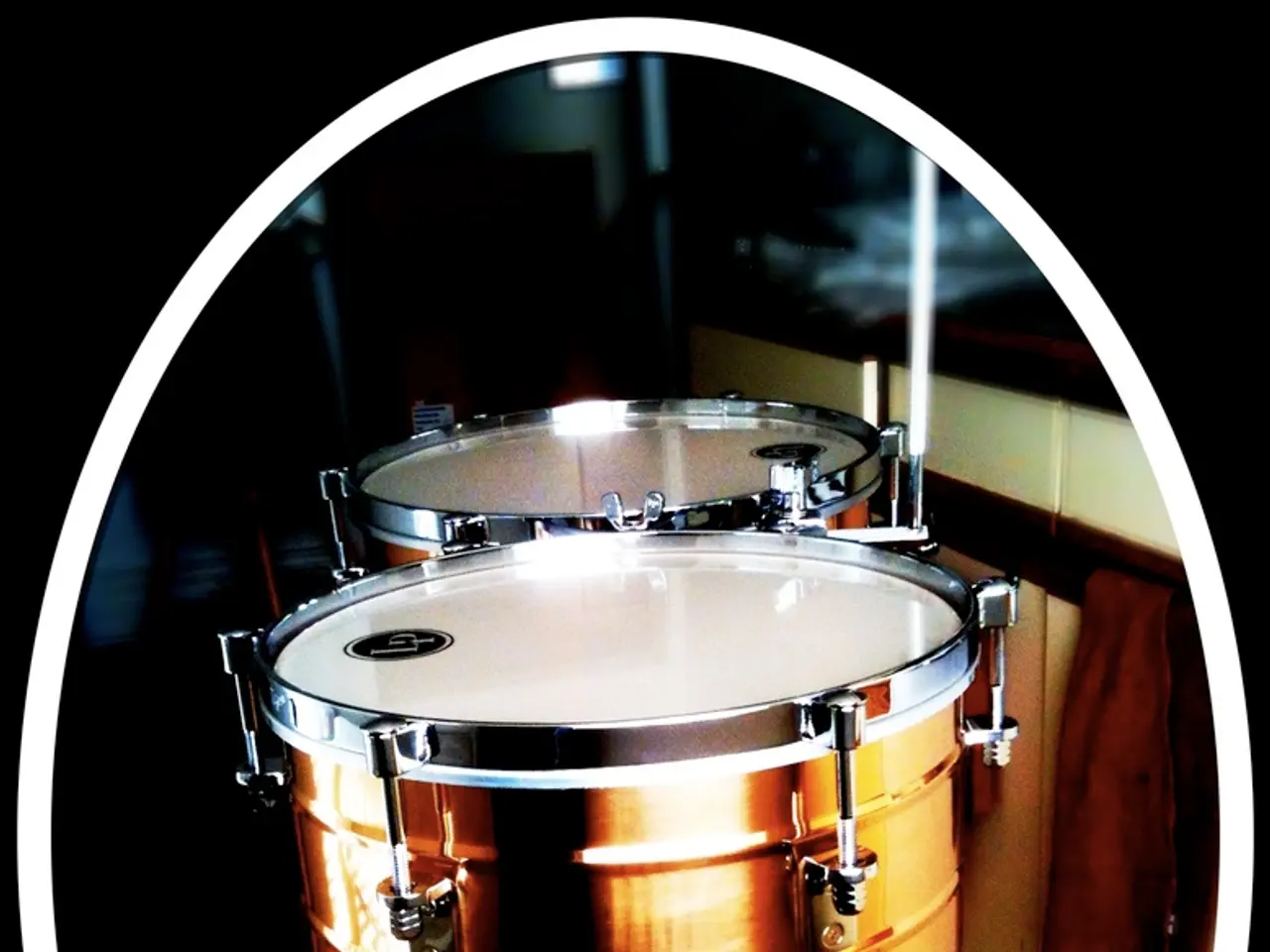Exploring the Characteristics and Warm Tone of an Analog Synthesizer
Analog synthesizers, with their unique and textured tones, have played a significant role in shaping the landscape of electronic music. These instruments have the power to set your music apart and have been a staple in various genres.
Early Developments
The journey of analog synthesizers began in the 1940s and 1950s with the work of American composer Raymond Scott. He developed early versions of music sequencers, such as the "Wall of Sound," an electro-mechanical sequencer. Scott's work laid the foundation for electronic music composition.
Another early keyboard synthesizer was the Clavivox, which started in 1952. It utilized components like theremins and photocells to control pitch and sound.
The Moog Era
In 1964, Robert Moog introduced the first complete voltage-controlled modular synthesizer. This innovation allowed for dynamic control over sound parameters, such as pitch and volume, via voltage signals. The Moog synthesizer became a cornerstone of electronic music labs in universities and was prominently featured in musical compositions like Wendy Carlos's "Switched-On Bach" in 1968.
Other Influential Figures
Don Buchla, another influential figure, developed electronic music systems simultaneously with Moog. His approach emphasized the use of touch-sensitive surfaces and a more intuitive interface.
Dave Smith, founder of Sequential, contributed significantly to electronic music by developing instruments like the Prophet-5 and co-inventing the MIDI (Musical Instrument Digital Interface) standard, which allowed synthesizers from different manufacturers to communicate.
Evolution and Significance
Analog synthesizers employed various techniques such as subtractive synthesis (using filters and amplifiers to shape waveforms) and additive synthesis (combining multiple waveforms to create a sound). These methods allowed for the creation of rich, complex timbres that were new to music at the time.
Analog synthesizers influenced numerous music genres, from classical to pop and rock. Artists like Kraftwerk, Tangerine Dream, and Brian Eno used these instruments to create groundbreaking electronic music.
Decline and Legacy
By the 1980s, analog synthesizers began to lose favor with the rise of digital synthesizers, such as the Yamaha DX7, which offered greater ease of use and portability. However, the legacy of analog synthesizers continues to inspire contemporary electronic music, with many artists still seeking the distinctive sounds and textures they provide.
Modern Revival
In recent years, there has been a renewed interest in analog synthesizers, with many manufacturers releasing new models or reissues of classic designs. This revival is driven by the unique sonic qualities and tactile experience that analog instruments offer, which many musicians find preferable to digital alternatives.
Modern analog synthesizers offer features like polyphony, USB-MIDI ports, and MIDI interfaces, enabling connection with computers or digital workstations. They also come with expression controls like pitch bend wheels and aftertouch, allowing for real-time manipulation of sounds.
Hybrid Setups
A popular trend in modern music production is the use of hybrid setups, combining analog gear with digital plugins for expanded capabilities. This approach allows musicians to leverage the best of both worlds, enjoying the warmth and depth of analog synthesizers while taking advantage of the versatility and precision of digital synthesizers.
In conclusion, analog synthesizers have left an indelible mark on the world of music, offering a unique sound palette that continues to inspire and captivate musicians today. Whether you're a beginner or a seasoned professional, exploring the world of analog synthesizers is an exciting journey that promises to enrich your musical creations.
[1] "The History of the Synthesizer." Synthesizer.com. Retrieved from https://www.synthesizer.com/history/
[2] "The Moog Synthesizer." Moog Music. Retrieved from https://www.moogmusic.com/learn/history/moog-synthesizer
[3] "The History of Synthesizers." Synthtopia. Retrieved from https://www.synthtopia.com/content/2012/05/21/the-history-of-synthesizers/
[4] "The Rise and Fall of Analog Synthesizers." Retro Synth. Retrieved from https://www.retrosynth.co.uk/articles/rise-and-fall-analog-synthesizers.html
- In the comfort of a home studio, musicians can work on music production, experimenting with an authentic and unique sound through the use of an analog synthesizer.
- The audio quality that a piano delivers is enhanced when it is connected to a specialized gadget like an analog synthesizer, allowing for further manipulation of the sound through various music production techniques.
- As the technology in the field of entertainment advances, modern analog synthesizers are equipped with features such as polyphony, USB-MIDI ports, and MIDI interfaces, enabling efficient bidirectional communication with digital workstations.
- By employing tactics like subtractive synthesis and additive synthesis, musicians can create intricate and expressive sounds, pushing the boundaries of electronic music by combining these approaches with innovative gadgets and software.
- In the midst of the digital age, analog synthesizers shine as timeless and valuable instruments in the music industry, serving as a constant reminder of the essential role they played in shaping the landscape of various music genres throughout history.




